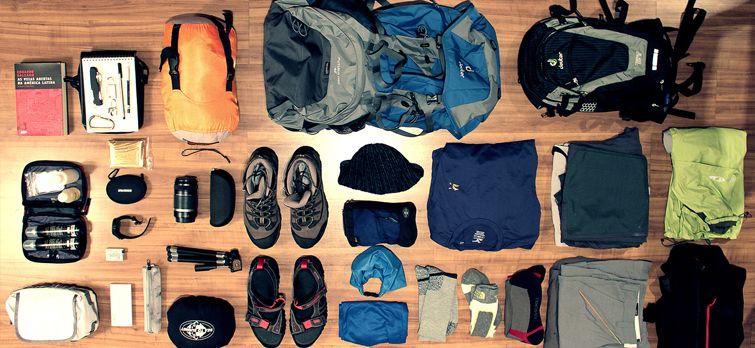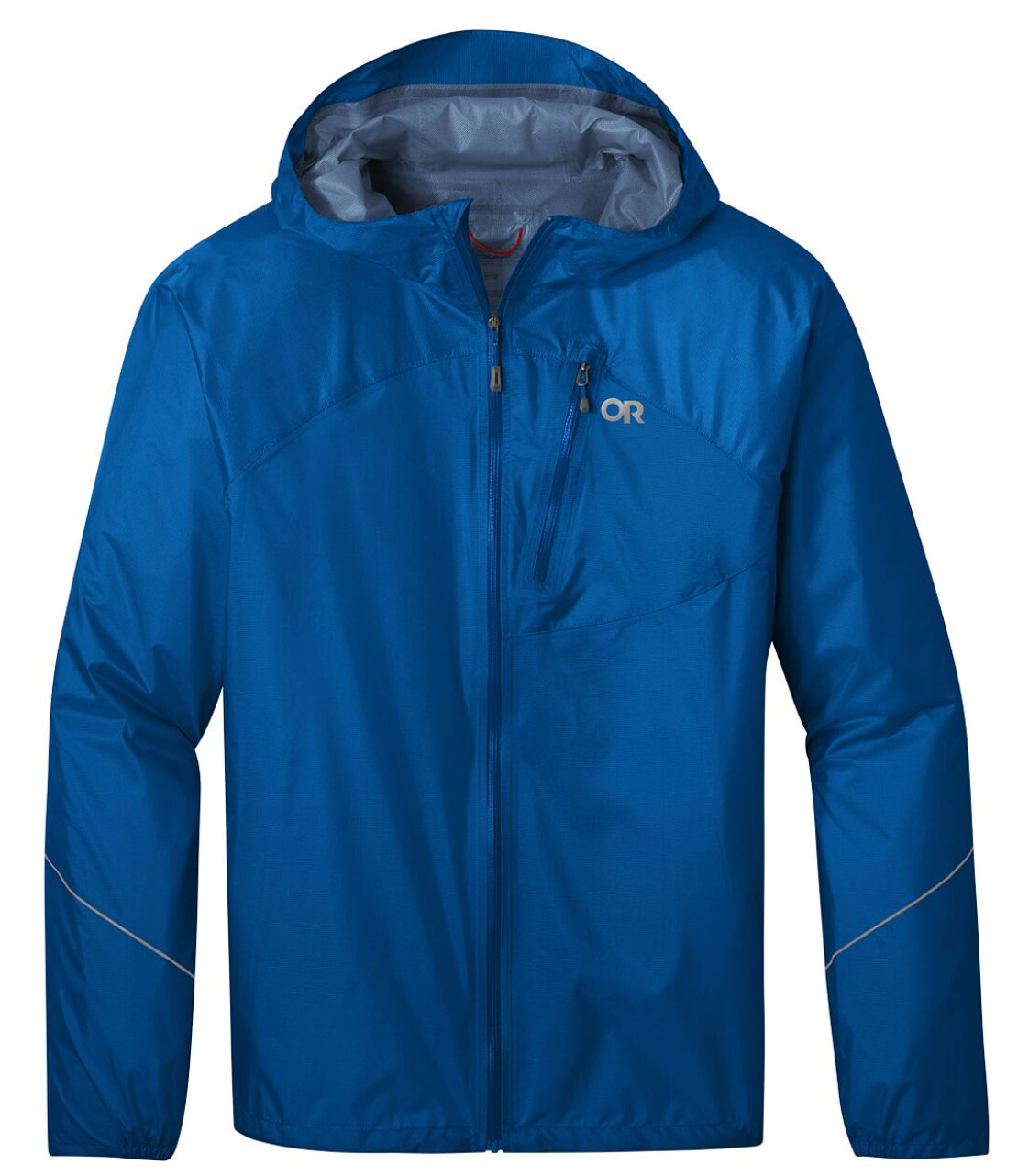Trekking gears are crucial for all forms of trekking in Nepal. The best trekking season and location will usually influence the kind of equipment you need. However, in order to avoid any hiccups on the trail, you must always bring reliable trekking equipment.

In the summer, a down jacket or a sleeping bag are not necessary, but if you go in the winter, you will need these items to survive the sub zero conditions. Therefore, having high-quality and dependable clothing is essential for navigating the trek's challenging weather. Beware of the fake brands in the Nepalese market when it comes to buying trekking equipment.

Your hiking journey to Nepal would be comfortable and simple if you have a solid packing list. The poor choice of trekking equipment can frequently lead to serious issues. When preparing for your Himalayan journey, the following Nepal trekking packing list is strongly advised.

The list that follows is merely a suggestion. You can modify it based on your needs, interests, season, and trekking region.

Essentials
Trekking permits
Trekking poles
Cash
Maps and guide book
Knife
Backpacks and Bags
Backpack
Day pack (needed if you hire a porter)
Duffle bag with lock
Stuff sacks and organizers
Rain protection
Clothing
Hiking pants and tights
T-shirts
Long sleeved shirt
Fleece jacket or light weight puffy jacket
Rain jacket
Rain pants
Long underwear
Sports bra
Underwear
Sun hat and sunglasses
Monkey cap
Gloves
Footwear
Hiking boots
Sandals
Socks
Sleeping Gear
Sleeping bag liner and pillowcase
Ear plugs
Toiletries and First Aid
Soap, shampoo and conditioner
Travel towel
Toothpaste and toothbrush
Deodorant and wet wipes
Sunscreen, lip balm and moisturizer
Hair brush and hair ties
Contact solution and spare lenses
Tampons or pads
Toilet paper and hand sanitizer
First aid kit
Medication
Electronics
Mobile phone and charger
Camera, memory card and charger or batteries
Power bank
Plug adapter
Flashlight
Food and water
Water treatment
Water bottles or Thermos
Snacks
Drinks
A healthy mind forgets. But forgetting anything for trekking could be dangerous. Of all that is on the list, here are a few items which you are most likely to forget (so pay some extra attention to these):

Trekking Permits
A few checkpoints along the trail will need you to present these permits. To keep them safe, place them in a Ziploc bag. So, it is wise to get these permits beforehand as they might not be available when you want them. Getting these permits is easy but you have to get them on time. If you are with a guide or porter, they might know how to get them but it has to be done in a timely manner.

Rain Jacket
Even if you don't trek during the rainy season, you should bring a rain jacket nevertheless. In the hills, it may rain or snow at any time, but even if it doesn't, a rain jacket is excellent against the wind. Bring a rain jacket that is waterproof, breathable, and made for trekking, especially one with pit zips for ventilation.

Ear plugs
The walls of the local tea houses on the trail can be very flimsy. Earplugs are a must if you have trouble falling asleep. You never know when you'll be placed in a room with a noisy snorer. It is advised that you pack several pairs of inexpensive foam earplugs. It's a good idea to carry some extras.

Sunscreen, lip balm and moisturizer
You can get a sunburn in a matter of minutes under the intense sun at high altitudes. (After only a short time of exposure, you might develop a severe sunburn if you neglect to apply sunscreen.) To protect yourself, carry with you lip balm with SPF and sunscreen. You might also want to bring a tiny bottle of moisturizer because the chilly air and wind can potentially dry up your skin.

Water Treatment
Using untreated water will almost certainly result in sickness. A few safe drinking water stations sell treated water that has been purified. Local tea houses also sell hot, boiled water for a modest charge, but there is no guarantee that the water has been at a rolling boil long enough to kill bacteria and germs—it may simply be heated.
On the trail, many people use different techniques to avoid falling ill from unpurified water. You might also carry a water filter, pills, or drops for treating the water. You can fill up some water without having to wait till you get to a local hotel if you bring your own water treatment or filter system. There might be rivers along the way from where you can get water and treat it before drinking while on the trail.
Photo Credits: www.himalayasonfoot.com, www.nepaltrekkinginhimalaya.com, www.traveltriangle.com, www.adventurehimalayacircuit.com, www.switchbacktravel.com, www.lsh.sg, www.britannica.com, www.aliexpress.com
Also Read: